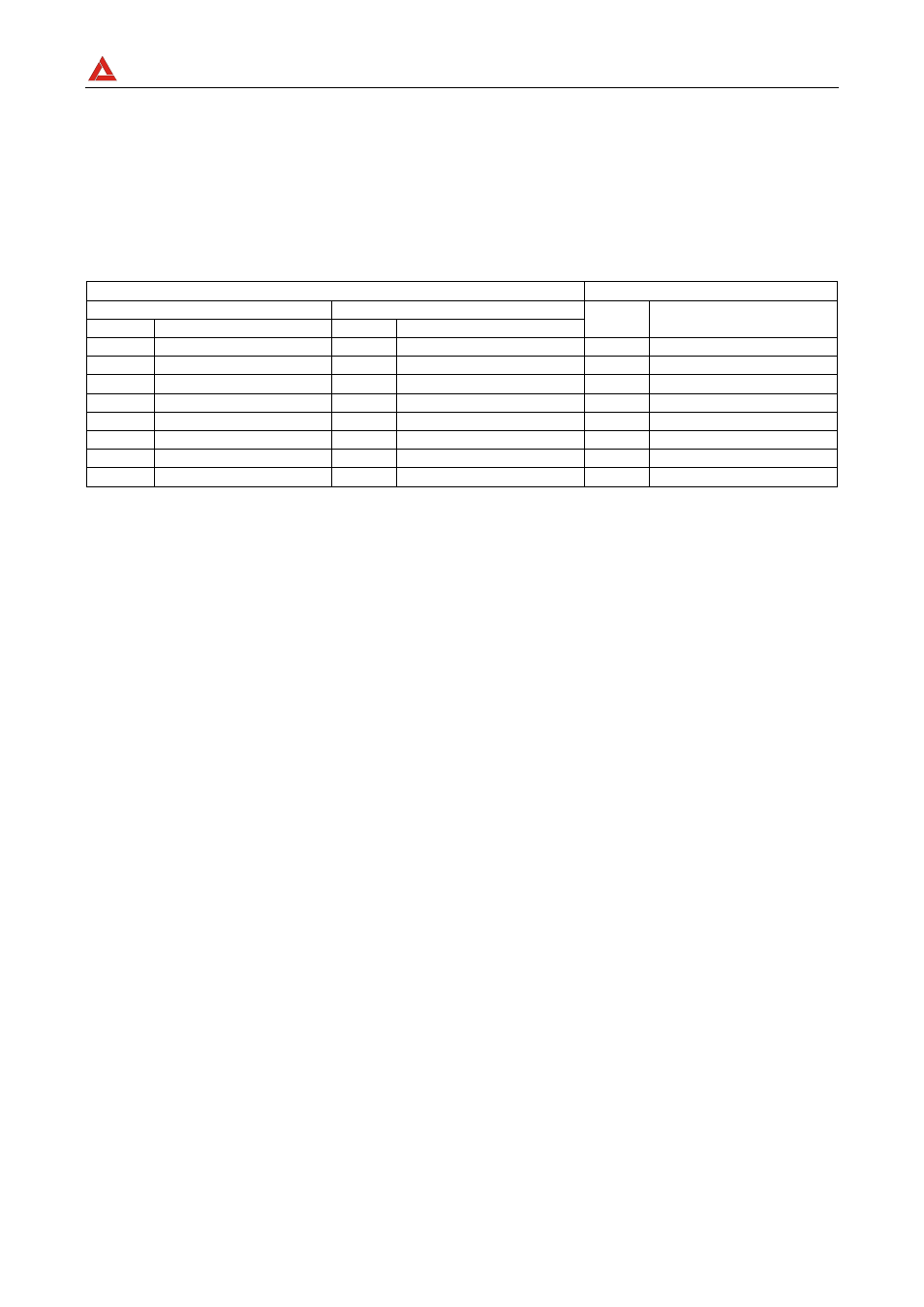Amprobe – Amprobe DMIII-Multitest Power-Quality-Recorder User Manual
Page 95

AMPROBE
DMIII MULTITEST
EN-93
16.7.2. Limit values for harmonics
EN-50160 fixes the limits for the harmonic voltages, which can be introduced into the
network by the power supplier. In normal conditions, during whatever period of a week,
95% if the RMS value of each harmonic voltage, mediated on 10 minutes, will have to be
less than or equal to the values stated in the following table.
The total harmonic distortion (THD) of the supply voltage (including all the harmonics up to
40
th
order) must be less than or equal to 8%.
Odd harmonics
Even harmonics
Not multiple of 3
Multiple of 3
Order h
Relative voltage %Max
Order h
Relative voltage % Max
Order h
Relative voltage % Max
5
6
3
5
2
2
7
5
9
1,5
4
1
11
3,5
15
0,5
6..24
0,5
13
3
21
0,5
17
2
19
1,5
23
1,5
25
1,5
These limits, theoretically applicable only for the supplier of electric energy, provide
however a series of reference values within which the harmonics introduced into the
network by the users must be contained.
16.7.3. Presence of harmonics: causes
Any apparatus that alters the sine wave or uses only a part of such a wave causes
distortions to the sine wave and therefore harmonics.
All current signals result in some way virtually distorted. The most common situation is the
harmonic distortion caused by non-linear loads such as electric household appliances,
personal computers or speed control units for motors. Harmonic distortion causes
significant currents at frequencies that are odd multiples of the fundamental frequency.
Harmonic currents affect considerably the neutral wire of electric installations.
In most countries, the mains power is three-phase 50/60Hz with delta primary and star
secondary transformers. The secondary generally provides 230V AC from phase to neutral
and 400V AC from phase to phase. Balancing the loads on each phase has always
represented a headache for electrical systems designers.
Until some ten years ago, in a well-balanced system, the vectorial sum of the currents in
the neutral was zero or quite low (given the difficulty of obtaining a perfect balance). The
devices were incandescent lights, small motors and other devices that presented linear
loads. The result was an essentially sinusoidal current in each phase and a low current on
the neutral at a frequency of 50/60Hz.
“Modern” devices such as TV sets, fluorescent lights, video machines and microwave
ovens normally draw current for only a fraction of each cycle thus causing non-linear loads
and subsequent non-linear currents. All this generates odd harmonics of the 50/60Hz line
frequency. For this reason, the current in the transformers of the distribution boxes
contains only a 50Hz (or 60Hz) component but also a 150Hz (or 180Hz) component, a
50Hz (or 300Hz) component and other significant components of harmonic up to 750Hz
(or 900Hz) and higher.
The vectorial sum of the currents in a well-balanced system that feeds non-linear loads
may still be quite low. However, the sum does not eliminate all current harmonics. The odd
multiples of the third harmonic (called “TRIPLENS”) are added together in the neutral and
can cause overheating even with balanced loads.
